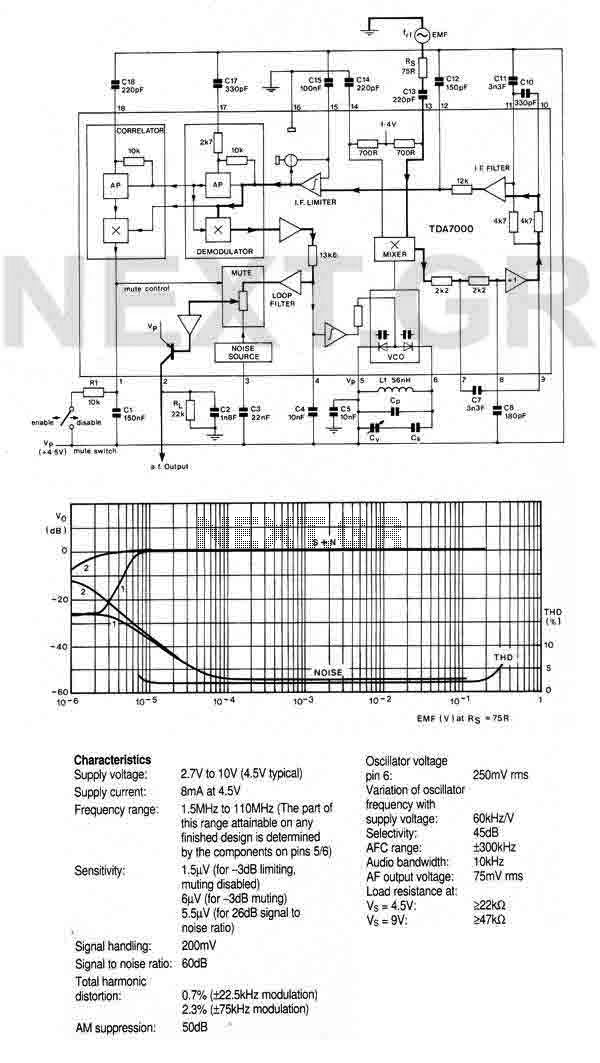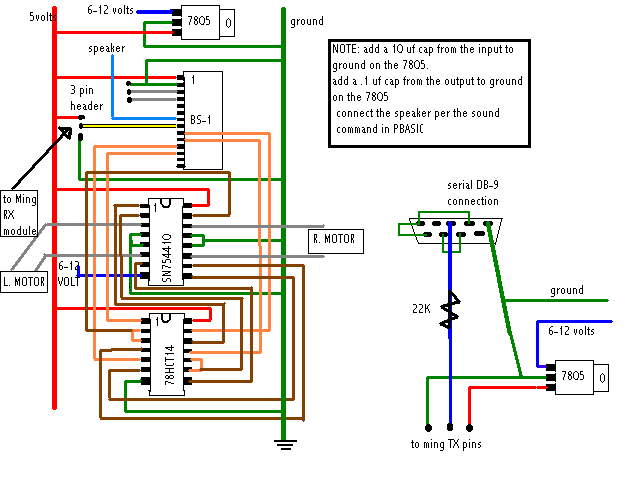
crystal radio audio amplifier circuit

A simple audio amplifier application using a TL431 voltage regulator. The amplifier is designed to produce room-filling sound from a standard clear radio equipped with a long-wire antenna and suitable ground. The chip is similar in complexity to a basic one-transistor radio, but the performance is significantly better. The TL431 is available in a TO-92 package and resembles a standard transistor, which will impress hobbyist peers with the output obtained from a single transistor. The amplifier can also be utilized for other projects. Higher impedance headphones and speakers can be connected as well. An earphone from an old telephone will provide loud sound and sufficient sensitivity. A 68-ohm resistor can be added to several hundred ohms when using high-impedance earphones to conserve battery power.
The audio amplifier circuit utilizing the TL431 voltage regulator offers an innovative solution for enhancing audio output from basic radio receivers. The TL431, a programmable shunt voltage regulator, is configured in a manner that allows it to function effectively as an audio amplifier. This circuit design is particularly advantageous for hobbyists seeking to optimize the audio quality of their radio projects without requiring extensive components.
The circuit operates by utilizing the TL431's ability to regulate voltage while amplifying audio signals. The input audio signal is fed into the non-inverting input of the TL431, while the output is connected to the load, such as headphones or speakers. The performance of this amplifier is notably superior to that of traditional one-transistor radios, providing a more robust sound output and improved fidelity.
The TO-92 package of the TL431 not only simplifies integration into various projects but also offers a compact form factor that is easy to handle. The circuit can be configured to accommodate different types of audio loads, including higher impedance headphones and speakers. This flexibility allows users to adapt the amplifier for various applications, whether for casual listening or more demanding audio tasks.
Additionally, the inclusion of a 68-ohm resistor in the circuit provides an important function when connecting high-impedance earphones. This resistor helps to manage power consumption, ensuring that the amplifier operates efficiently without draining the battery excessively. By adjusting the resistor value, users can optimize the amplifier's performance based on the specific impedance characteristics of the headphones or speakers being used.
In summary, the TL431 audio amplifier circuit represents a practical and effective approach to enhancing audio output in various electronic projects. Its simplicity, combined with the capability to deliver impressive sound quality, makes it an excellent choice for both amateur and experienced electronics enthusiasts.A simple audio amplifier application a TL431 blow regulator. The amplifier will accommodate room-filling aggregate from an accustomed clear radio outfitted with a long-wire antenna and acceptable ground. The chip is agnate in complication to a simple one-transistor radio but the achievement is far superior.
The TL431 is accessible in a TO- 92 amalgamation and it looks like an accustomed transistor so your hobbyist accompany will be afflicted by the aggregate you are accepting with alone one transistor! The amplifier may be acclimated for added projects, too. Higher impedance headphones and speakers may additionally be used. An earphone from an old blast will accord boisterous aggregate and abundant sensitivity! The 68 ohm resistor may be added to several hundred ohms back application aerial impedance earphones to save array power.
🔗 External reference
The audio amplifier circuit utilizing the TL431 voltage regulator offers an innovative solution for enhancing audio output from basic radio receivers. The TL431, a programmable shunt voltage regulator, is configured in a manner that allows it to function effectively as an audio amplifier. This circuit design is particularly advantageous for hobbyists seeking to optimize the audio quality of their radio projects without requiring extensive components.
The circuit operates by utilizing the TL431's ability to regulate voltage while amplifying audio signals. The input audio signal is fed into the non-inverting input of the TL431, while the output is connected to the load, such as headphones or speakers. The performance of this amplifier is notably superior to that of traditional one-transistor radios, providing a more robust sound output and improved fidelity.
The TO-92 package of the TL431 not only simplifies integration into various projects but also offers a compact form factor that is easy to handle. The circuit can be configured to accommodate different types of audio loads, including higher impedance headphones and speakers. This flexibility allows users to adapt the amplifier for various applications, whether for casual listening or more demanding audio tasks.
Additionally, the inclusion of a 68-ohm resistor in the circuit provides an important function when connecting high-impedance earphones. This resistor helps to manage power consumption, ensuring that the amplifier operates efficiently without draining the battery excessively. By adjusting the resistor value, users can optimize the amplifier's performance based on the specific impedance characteristics of the headphones or speakers being used.
In summary, the TL431 audio amplifier circuit represents a practical and effective approach to enhancing audio output in various electronic projects. Its simplicity, combined with the capability to deliver impressive sound quality, makes it an excellent choice for both amateur and experienced electronics enthusiasts.A simple audio amplifier application a TL431 blow regulator. The amplifier will accommodate room-filling aggregate from an accustomed clear radio outfitted with a long-wire antenna and acceptable ground. The chip is agnate in complication to a simple one-transistor radio but the achievement is far superior.
The TL431 is accessible in a TO- 92 amalgamation and it looks like an accustomed transistor so your hobbyist accompany will be afflicted by the aggregate you are accepting with alone one transistor! The amplifier may be acclimated for added projects, too. Higher impedance headphones and speakers may additionally be used. An earphone from an old blast will accord boisterous aggregate and abundant sensitivity! The 68 ohm resistor may be added to several hundred ohms back application aerial impedance earphones to save array power.
🔗 External reference





